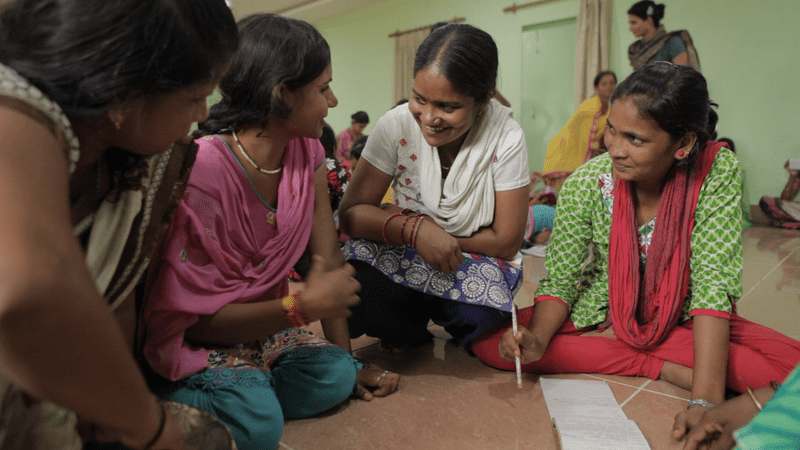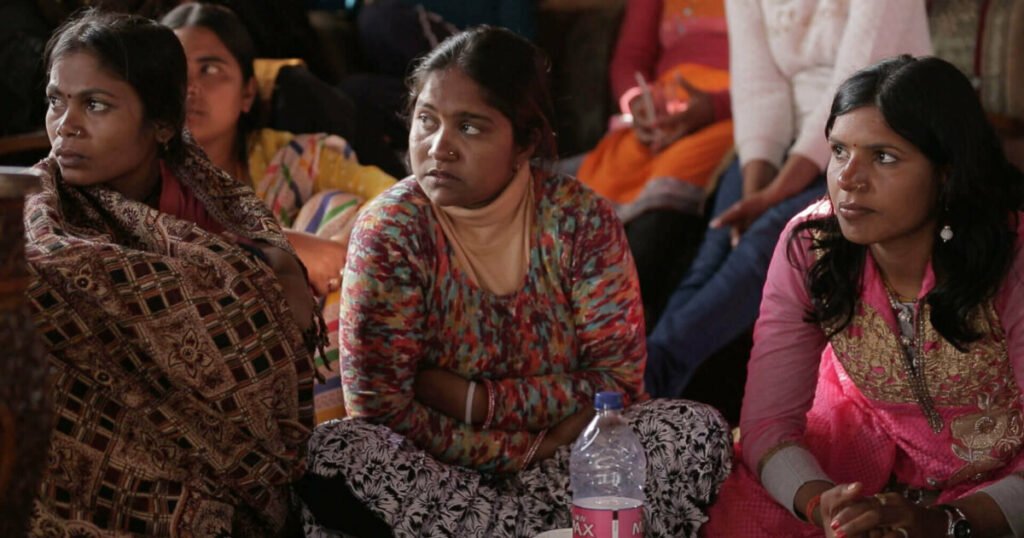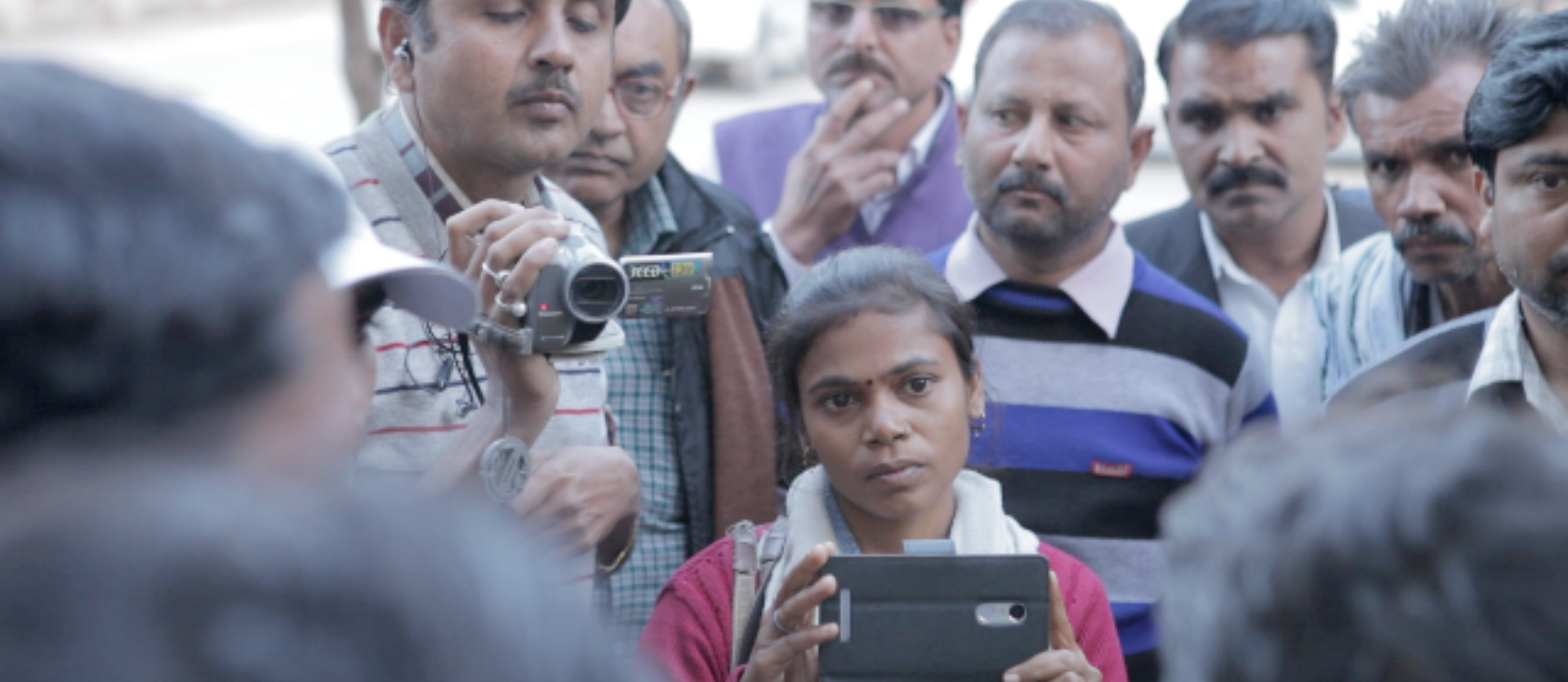The media today has undergone tremendous changes and undoubtedly has achieved many milestones, however during its glorious reign of over two centuries it still misses the voices of the marginalised, the voices of the Dalits. The mainstream media hasn’t had a single Dalit editor to date. Media has blocked away aspirant Dalit reporters even before their entrance into the field.
As Meena Kotwal a Dalit journalist said “Journalism didn’t seem like much of an option anymore, there was no space for people like me, and so, I decided to take the academic route.”
‘Mooknayak‘ a Marathi fortnightly was launched on the 31st of January 1920s and was published by Dr Ambedkar. He had recognised the influence and the importance media held and the dire need for Dalit journalism. ‘Mooknayak’ directly translates to ‘leader of the voiceless’. The paper in many ways challenged the Brahmanical caste ideologies which were prevailing in the mainstream media at the time. The 1920s witnessed many anti-caste movements which were well followed by the country. Many Dalit liberation movements like the Namshudra movement in Bengal, and the Ad-Dharm movement in Punjab were lancing into the different parts of the country and were met with violent retributions from the ‘Upper‘ castes.

The mainstream media despite this ignored and refused to cover topics like erstwhile untouchability or caste. The media left no space to address Dalit concerns and voices. Dr Ambedkar upon noticing this caste-based divide in journalism wrote in the first edition of the Mooknayak: “If we throw even a cursory glance over the newspapers that are published in the Bombay presidency, we will find that many among these papers are only concerned about protecting the interest of some castes. And they can’t care less for the interest of other castes“.
Dr Ambedkar realising the impact of education through media envisioned and put together a parallel reality of media, where the dominant voices were of the marginalised and the oppressed classes of the time. Mooknayak was not readily accepted by the mainstream press. Bal Gangadhar Tilak even refused to print the advertisement of Mooknayak’s first issue through his newspaper ‘Kesari‘. The mainstream press discarded the efforts of the marginalised and was rather prying in reporting the anti-British colonial and nationalist movements.
Moreover, the protests conducted by the Dalits and the other marginalised castes were reported as a conscious effort made to attack and divide the social structure of the country. Mooknayak however gained popularity amongst its readership but had to be shut down in 1922 due to financial issues. The Mooknayak despite its short life solidified an era of Dalit assertion and also became the foundation for numerous anti-caste politics and writings.
The united voices: the rise of Dalit journalism
Over the years Indian media has left little or no space for Dalit journalists, and Dalit women were never shown the light of mainstream media. The feminist narratives which are reported by the media is often paired with a patriarchal undertone which becomes a tremendous task for women to voice their own challenges and put forth narratives through their voice. This task becomes more and more complex as it infiltrates the caste hierarchy.
Mainstream media still is headed by upper caste men side-lining Dalits even 100 years after the publication of the first Dalit newspaper. Indian media saw its new era in 2002 when a group of Dalit women came together to create ‘Khabar Lahariya‘ (News Waves). Khabar Lahariya takes the edge of hyper-local journalism to retaliate against discrimination. First started as a weekly print, it later progressed into online media in 2015. Khaber Lahariya was initially published and was consumed only in rural villages in Central India but later it went on to add an extra layer to the country’s digital media boom. Khaber Lahariya became the eye through which the Country’s national media saw the stories and reports of the overlooked part of rural India.

It follows the pattern of reporting issues from various villages where these women journalists are based. It focuses mainly on regions in eastern Utter Pradesh and western Bihar. Khabar Lahariya has adopted local Hindi dialects like Bijjika, Avadhi and Bundeli as its publishing language. Many of the reports of this historically marginalised all-women team were functionally illiterate before working for the paper, however many have since completed their education.
Kavita Devi is the first Dalit woman to be a member of the Editor’s Guild of India. Her vision is to discard the label of ‘timid and emotional’ which is attached to women journalists by mainstream media to separate them from the newsrooms. Kavita now the CEO of ‘Chambal’ brings forward women into the so-termed ‘challenging‘ field. Kavita envisions bringing more and more women from the marginalised community to a collective space of not only journalism but also as filmmakers and producers.
Kavita later worked together with the team from Mahila Dakia to create the first format of the now-celebrated Khabar Lahariya. The paper received the prestigious Chameli Devi Jain Award in March 2004. Meera Devi joined the road to success in 2006.

Meera Devi contributed immensely to the digitalisation of Khabar Lahariya. She claims her vision to be “Jo awaazein dafan ho jaati hain, un awazon ko buland karna aur loktantra tak jodna hi hamara uddeshya hai” (Some voices are suppressed and our endeavour is to find these voices, take them to the government and help this democracy thrive).
Also Read: Dalit Women, Sexual Violence And The Role Of Media
Is Indian media still a closed space for marginalised journalists?
An in-depth study conducted by Oxfam and Newslaundary further solidified the notion that casteism does indeed exist in newsrooms. The study published these numbers titled “Who tells Our Stories Matters: representation of marginalized caste groups in Indian newsrooms“. It was disclosed that out of the available 121 leadership positions in the newsroom across TV news channels, magazines, newspapers and news websites, none were occupied by an individual from Scheduled Caste (SC), Scheduled Tribes (ST) or any other backward classes (OBC) in Hindi television news. 89.3% of positions were owned by the upper caste in English television news; 87.5% in Hindi newspapers; 91.7% in English newspapers; 72.7% in news magazines and 84.2% in digital media. A few other points brought to the attention were as:
1. Out of every four flagship debate anchors, three were identified to be belonging to the upper castes and none were occupied by Dalit, Adivasi or OBC communities.
2. 70% of their flagship debate shows were panellists drawn from the upper castes.
3. 12 magazines were studied and was observed that out of its 927 cover page articles, only 10 were about issues relating to caste.

Dalit women reporters are layered with discrimination from the upper caste men and women as well as the men from their community. The demand for Dalit women to run news portals like Khabar Lahariya and Meena Kotwal’s digital media Mooknayak further concretes the argument that there is a lack of Dalit narratives and voices in the mainstream media.
Also Read: How The Caste System Subordinates The Lives, Bodies And Agency Of Women
However, these news portals with feminist undertone have only succeeded in layering the Indian Media and have yet not penetrated the mainstream media. Even though Dalit voices are mostly left out of the mainstream media, with the surging advancement of technology their revolts against smashing the hegemony are read and understood nationwide.
About the author(s)
Elizabeth has completed her Master's in English at Manipal University. She loves to write and is hopeful about bringing a change through her writings and when exhausted by it she often indulges in films, music and tv shows.






